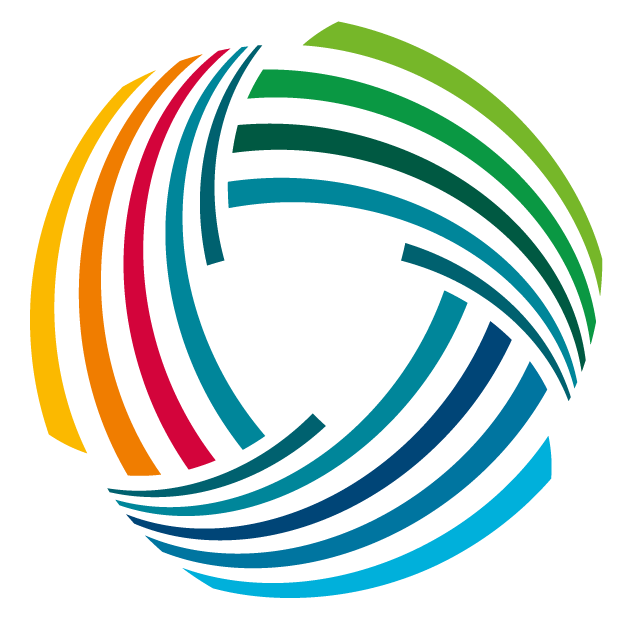Workstream 2: Action & Implementation
Enable effective action and implementation of high-quality Climate and Disaster Risk Finance and Insurance solutions in poor and vulnerable countries
Introduction
The InsuResilience Global Partnership strengthens demand-driven implementation initiatives. Serving the most vulnerable communities is the driver behind the Partnership which requires a thorough understanding and assessment of their needs and priorities. We would therefore like to put their voices in the spotlight: watch the video InsuResilience Impacting Lives bringing together members, partners and beneficiaries from around the globe.
If you have always wondered about the active programmes under the Partnership, check out this overview table which is linked to sub-pages on each of these programmes for more detailed information. This includes the main delivery channels of the Partnership that are bundled as implementing programmes under the Program Alliance, such as the Global Risk Financing Facility and the InsuResilience Solutions Fund. The aim is to align the various efforts to efficiently allocate donor commitments in implementing country-tailored Climate and Disaster Risk Finance and Insurance (CDRFI) solutions and promote integration within broader resilience efforts.
A multitude of success stories are featured in our Case Studies Section that highlight the impacts of a Partnership acting on the global stage. Take a look! The CDRFI solutions brought forward by our members support people across the Americas, Africa and Asia to cope with the adverse impacts of climate shocks and disasters from facilitation of affordable risk-insurance policies in the Caribbean by the Caribbean Catastrophe Risk Insurance Facility to provision of agricultural index insurance in Zambia by the Global Index Insurance Facility.
Examples from SLYCAN Trust in Sri Lanka pinpoint the importance of stakeholder engagement and Multi-Actor Partnerships. The strategic approach to layered CDRFI solutions adopted by Fiji also provides valuable take-aways for other regions.
An overview of the risk continuum maps where these case studies are situated in a comprehensive climate and disaster risk management strategy. The intention is to provide a toolbox of options along the entire spectrum of comprehensive risk management including Risk Prevention and Reduction, Preparedness, Financial Protection or Risk Transfer and Resilient Recovery.
The endeavours of the Partnership have been particularly challenged by the additional pressure posed by the Covid-19 pandemic as the predominant theme in 2020. While many developing countries faced a sudden increase in public spending to buffer the consequences of a severely impacted world economy, this shift in funds has eroded the fiscal capacity to deal with the impacts of climate disasters that struck during national lockdowns. 2020 has emphasized the need to integrate compound risks into CDRFI solutions and the measures taken by the African Risk Capacity, Mercy Corps and the Centre for Disaster Protection illustrate the highly dynamic and fast-paced responses of our members.
